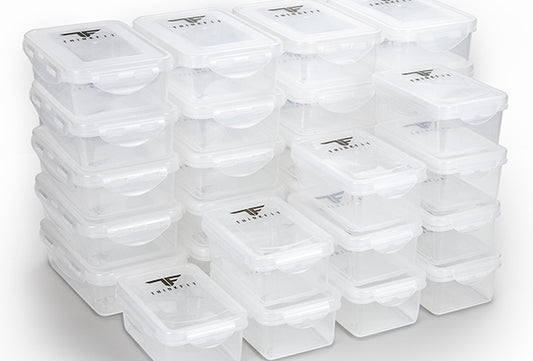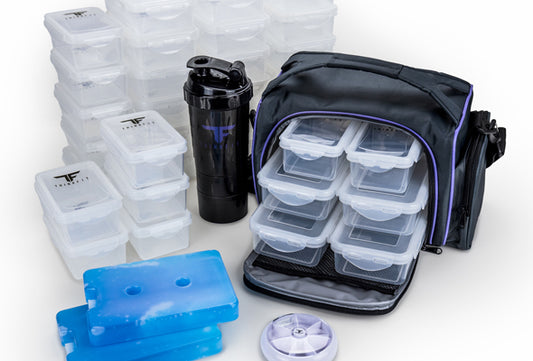Having a fitness tracker by itself isn’t going to help you lose weight or get healthier. You are going to have to use it right and get moving. Fitness trackers are one of the big modern fitness trends, and there are some famous and not so famous brands available. No matter what brand you have gone for, there are some useful tips to remember if you want to get more from your fitness tracker. Follow these tips, and your fitness tracker could become the inspiration you need to keep on working on your health, plus you’ll avoid the risk of finding your new fitness tracker gathering dust in a drawer in a few months!
Set-Up Correctly
When you first get your fitness tracker, you’re going to need to answer some questions about your health levels and your body. Your tracker isn’t going to be a useful measurement tool if it has the wrong information. Age, sex, weight, height, and even the length of your stride will all affect your movement monitoring, and the more that you can input into your fitness tracker, the better. Enter the wrong info at this stage, and your tracker will be nowhere near as effective.
Keep It On
Wearing a fitness tracker at all times can encourage you to move more. That doesn’t mean an hour-long run every time you sit down! If you wear your tracker throughout the day, it can be a constant reminder to get up from your desk or head outside for a quick stroll. Simple changes can be beneficial, like taking the stairs every other day instead of taking the lift. Those small changes will all build up. Even if you simply have a stroll around your workplace every couple of hours, you might be surprised by how beneficial this can be when it all starts to add up.
Log Your Food
It’s not just movement that your fitness tracker can monitor. Diet is such a cornerstone of any fitness plan that it would be foolish to dismiss it as part of your health regime. Some fitness trackers will have tools for keeping a record of your food and calorie intake, but even for models that don’t have this function, you can still download additional apps that will help with this. Other strategies like meal prepping and menu plans can also be useful for better monitoring your food intake, and working together with your fitness tracker means that you are getting the best boost to your health imaginable.
Go Non-Dominant
Most people automatically put their fitness tracker on their dominant wrist. That’s a mistake. If you are right-handed, put your tracker on your left wrist, and vice versa. The reason why this is the better choice is that you will tend to move your dominant hand more throughout the day, and that can mean that you get inaccurate tracking results. More cutting-edge trackers will allow you to dictate which wrist you’re putting it on and will adjust accordingly, but you will have far better, more accurate results if you keep your dominant hand free.
While a fitness tracker by itself won’t do anything to improve your health, they can be a valuable tool. Not only can they help you have a better understanding of your lifestyle, health levels, and calorie intake, they can also be a regular reminder to keep on moving. That could help elevate your health to an entirely new level. Make sure that you know how to get the most from your fitness tracker, and you might end up wondering how you ever lived without it.



